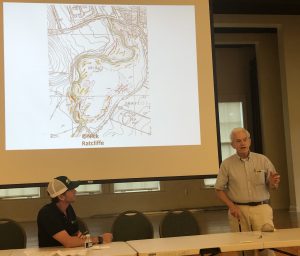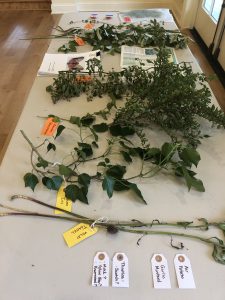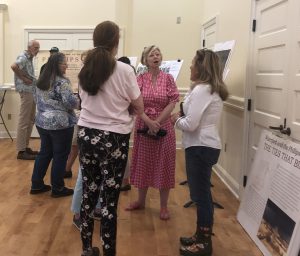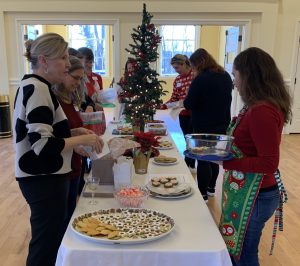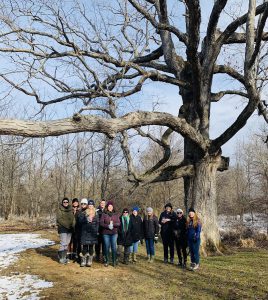After this last busy school year, we were able to give the outside of the Second Street School some much needed TLC! Following Secretary of Interior Standards for Historic Rehabilitation, repairs were made some woodwork on the rear elevation and the building got a fresh coat of paint. Now, the Second Street School is ready to host another years worth of scholars coming to Waterford to learn about Reconstruction.
Check out below for some before and after pictures! It is thanks to generous donations to the Lantern Light Fund that the Waterford Foundation is able to preserve and educate the public about African American life here in Waterford and Loudoun County.
Before:
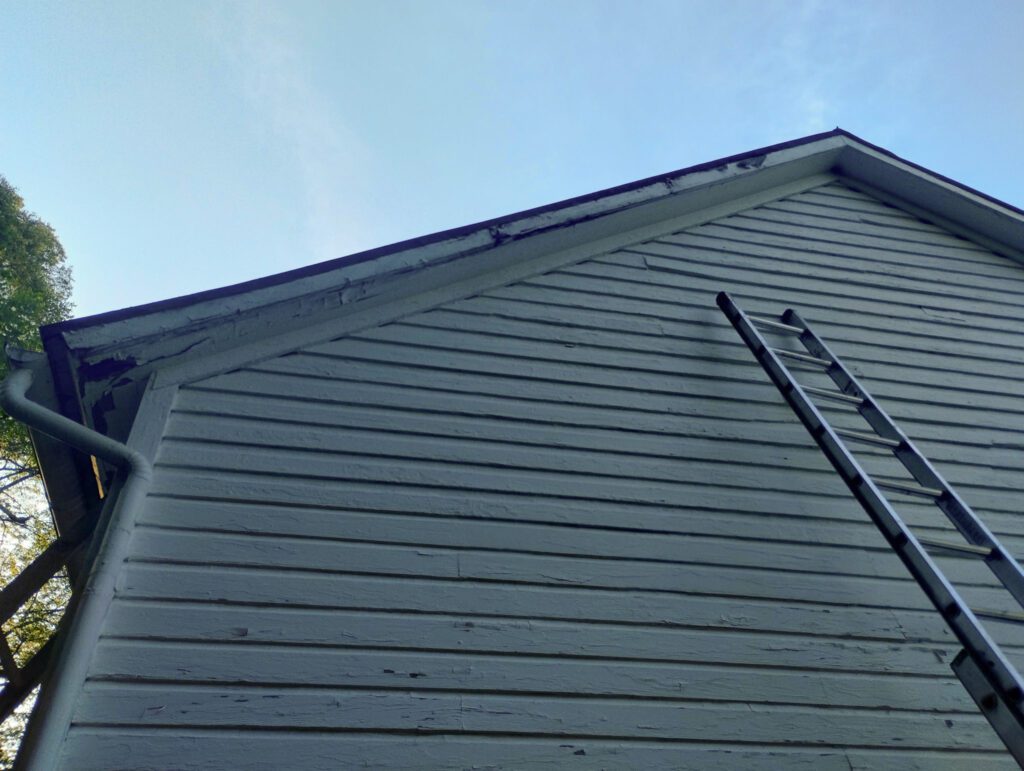
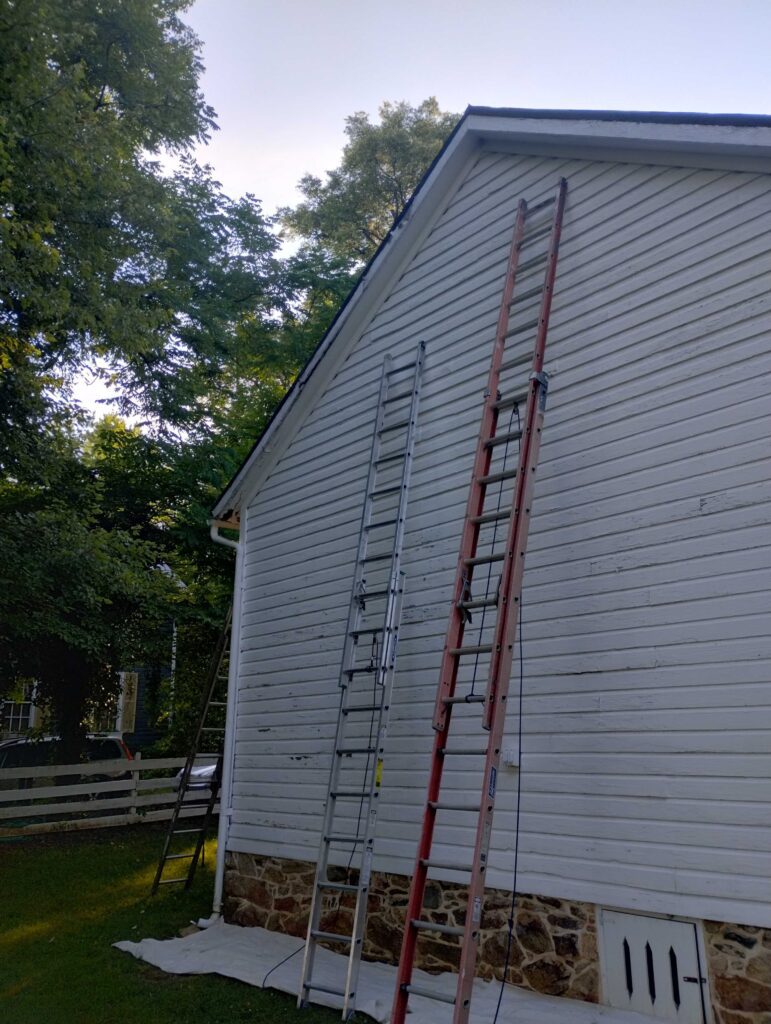
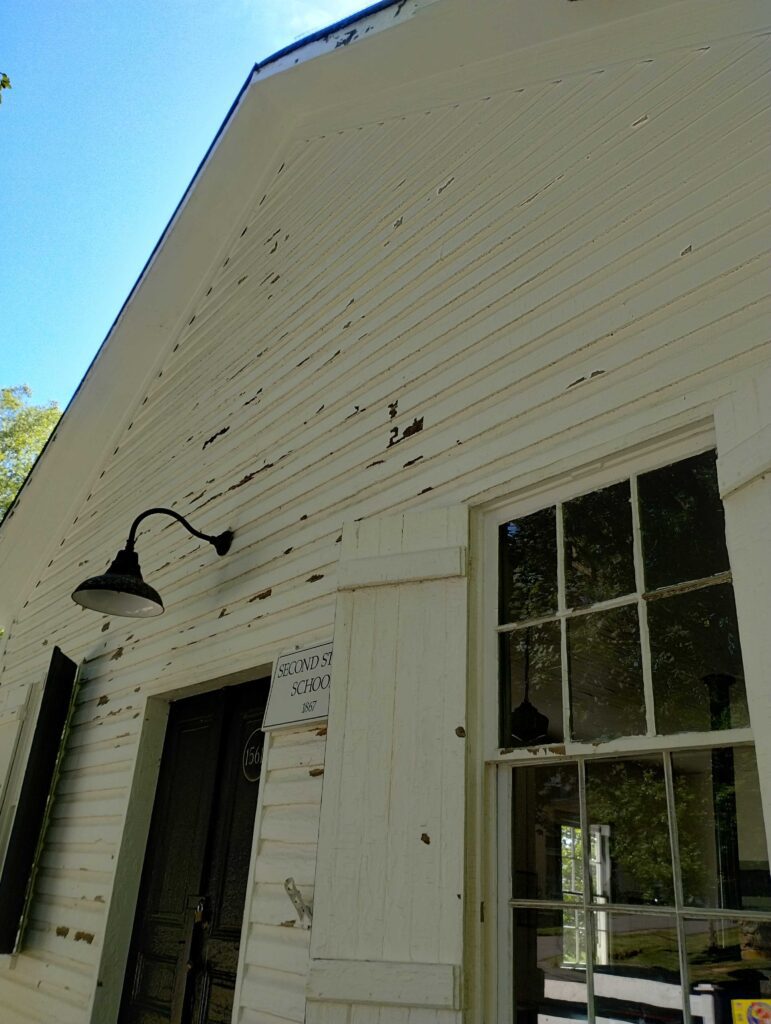
After:
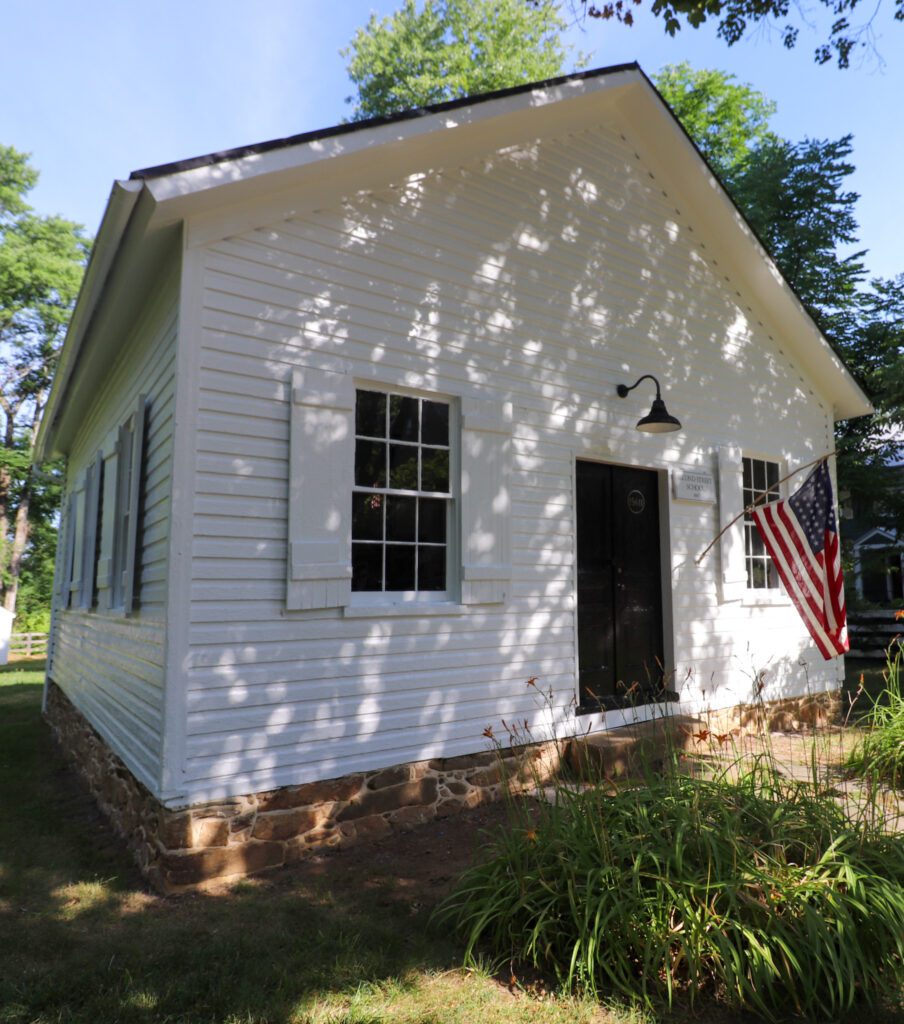
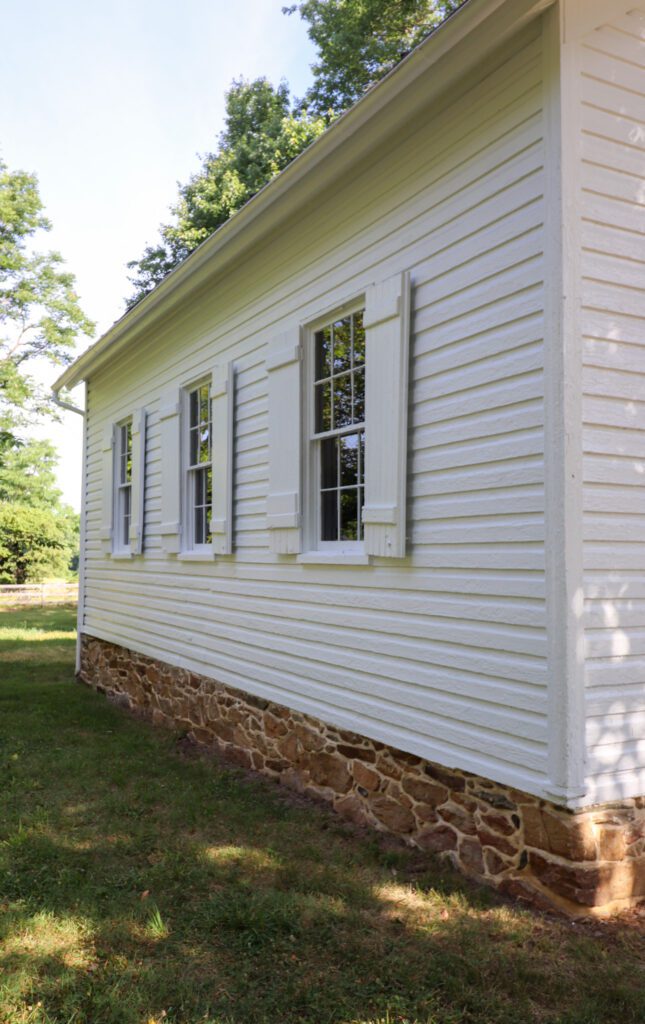
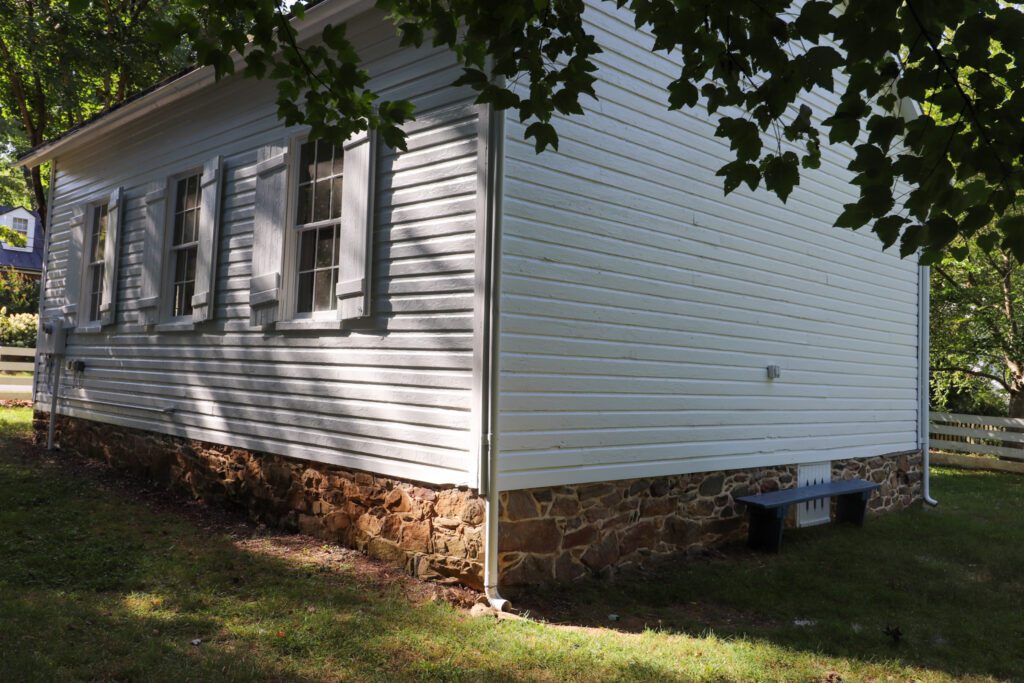
To support work like this in the future, please consider a donation to the Lantern Light Fund, our fund that supports the artifacts, sites, and stories of Waterford’s Black community including the Second Street School and the John Wesley Community Church.
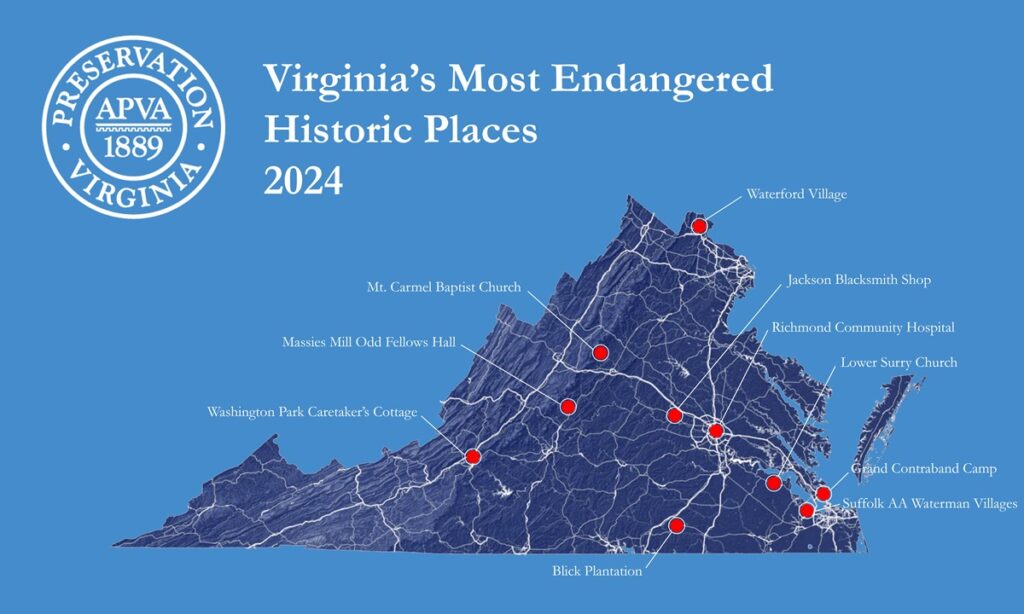
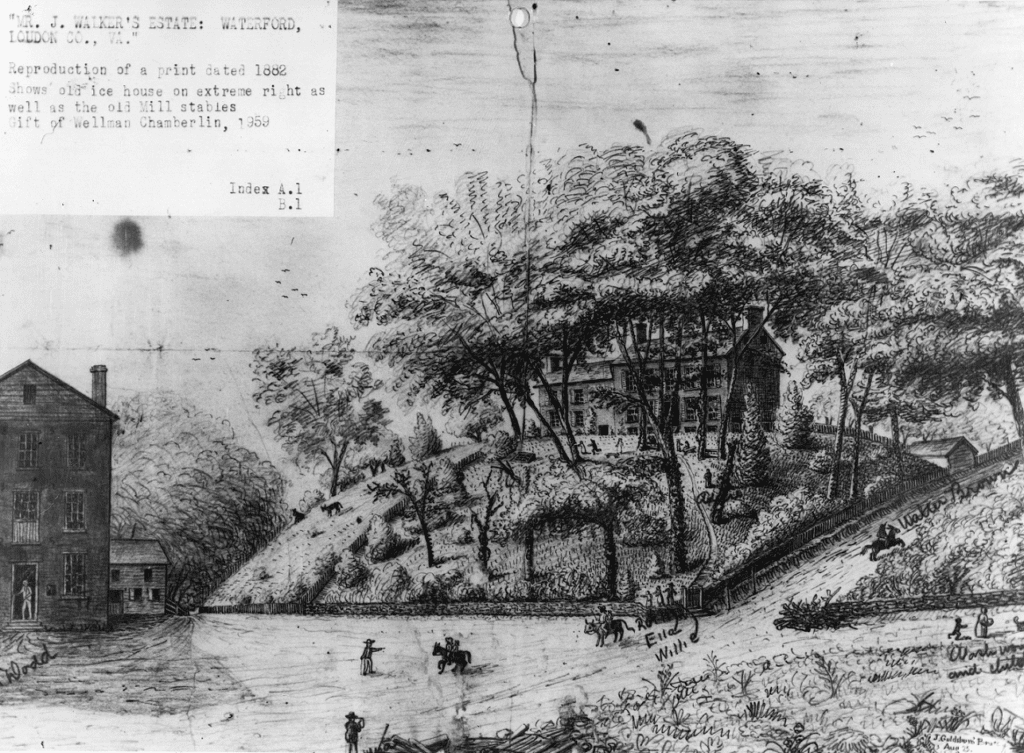
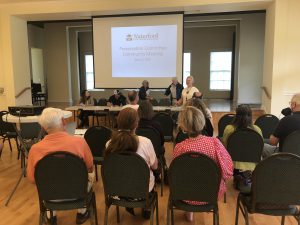 On Wednesday, June 22, 2022, the Waterford Foundation Preservation Committee welcomed the community for an informational meeting about the Phillips Farm and other ongoing preservation work on Foundation properties. Attendees gathered at 5:30 pm for a reception and opportunity to view exhibits, maps, and images of the Phillips Farm and properties under easement within the Waterford National Historic Landmark. At 6pm, WF President Susan Manch welcomed those assembled for a information packed presentation by a panel of speakers, including:
On Wednesday, June 22, 2022, the Waterford Foundation Preservation Committee welcomed the community for an informational meeting about the Phillips Farm and other ongoing preservation work on Foundation properties. Attendees gathered at 5:30 pm for a reception and opportunity to view exhibits, maps, and images of the Phillips Farm and properties under easement within the Waterford National Historic Landmark. At 6pm, WF President Susan Manch welcomed those assembled for a information packed presentation by a panel of speakers, including: